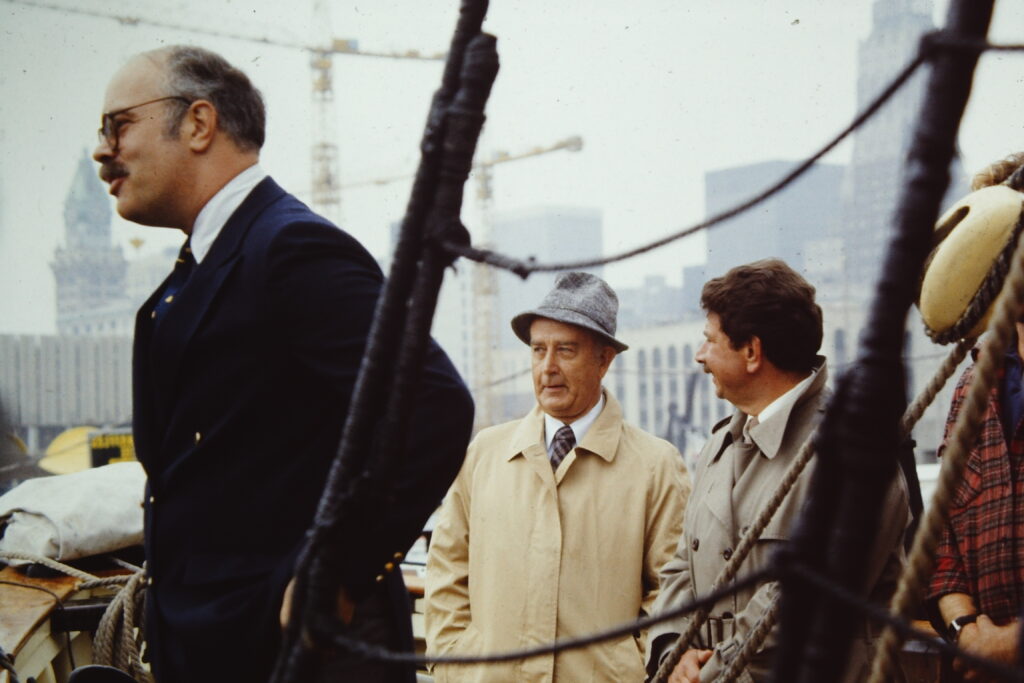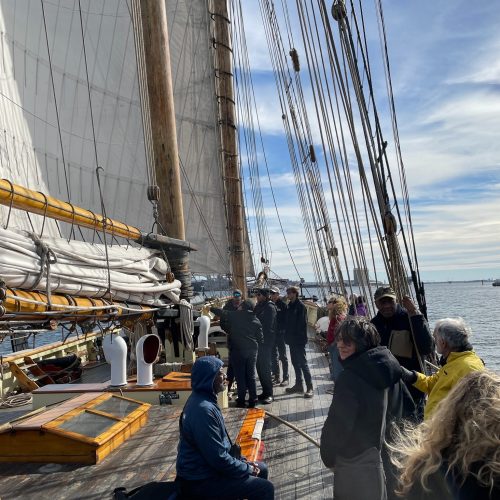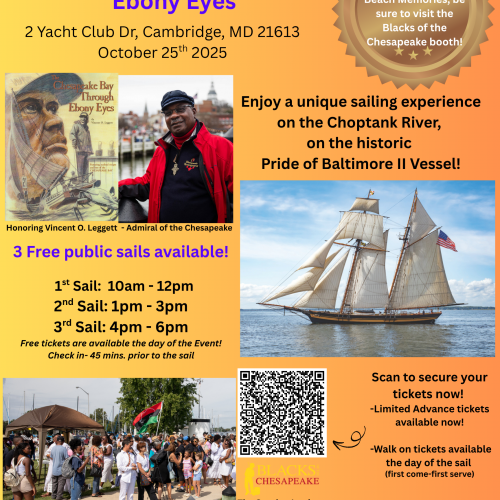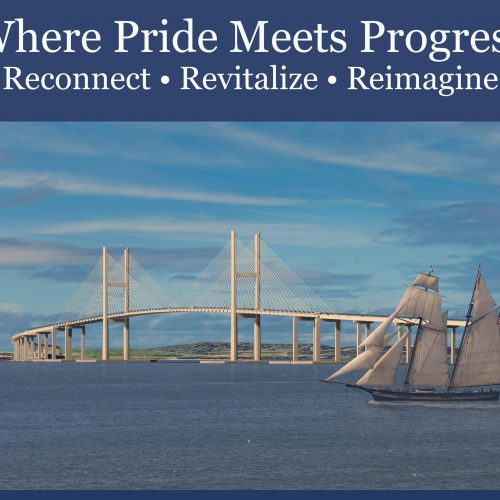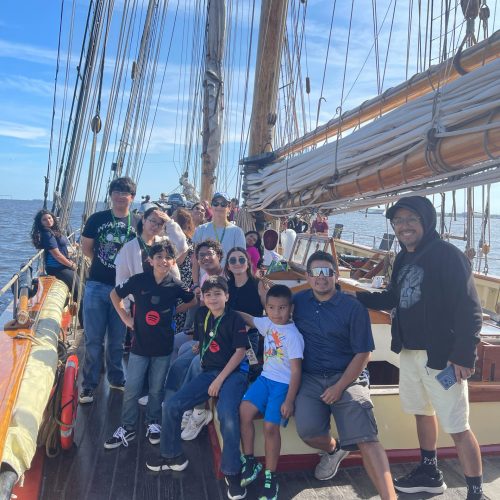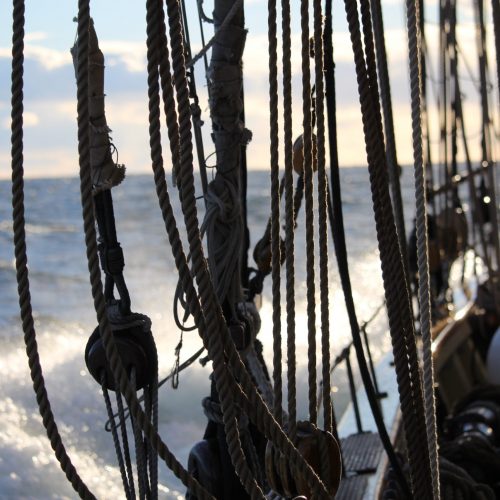This year, history converges in a once-in-a-generation moment. We mark 50 years since the vision that launched this enduring legacy. We honor 40 years since the loss of the original PRIDE OF BALTIMORE, celebrate the restoration & rededication of the PRIDE Memorial at Rash Field. And all of these moments culminate in the celebration of America’s 250th anniversary.
Throughout the year, we will highlight seminal moments in our history & share stories from our archives to showcase this incredible legacy. This is our chance to honor independence, celebrate Maryland’s maritime innovation, & ensure PRIDE continues to inspire future generations.
Part One:
This was the Baltimore shaped by Mayor William Donald Schaefer. Many of you remember him vividly. He served as mayor from 1971 to 1987 and his leadership style was unmistakable. He pushed the city forward with a mix of impatience, optimism, and a genuine belief that Baltimore could accomplish big things. His “Do-It-Now” philosophy was not just a motto. It captured the urgency and determination of a mayor who refused to settle for half measures.
During the early planning for the rebirth of the Inner Harbor, consultants and civic leaders urged Baltimore to reconnect with the water rather than hide from it. As Tom Waldron wrote in Pride of the Sea, “While some cities had deliberately walled themselves off from their waterfronts with highways, warehouses, or factories, the planners urged Baltimore to embrace its harbor and incorporate it into the fabric of downtown life. People would come back to the water if given a reason.”
One idea quickly rose to the surface. A Baltimore Clipper. A vessel connected directly to the city’s maritime history and appealing enough to draw visitors into the new waterfront. Waldron described the appeal simply: “The Clippers were pretty and tall and had, to be sure, the right name.”
When the decision was made to pursue the Baltimore Clipper concept, the city first attempted to locate an existing vessel. Jay Scattergood was assigned to the task, but his search confirmed that none of the original Baltimore-built Clippers had survived. After investigating a promising lead in San Diego, city officials accepted that if Baltimore wanted a Baltimore Clipper in the Inner Harbor, they would need to build a new one.
In September 1975, the City of Baltimore issued a formal call for proposals. The request was clear and ambitious. The vessel had to be an authentic example of a historic Baltimore Clipper, between 85 and 90 feet on deck, “fully operable, capable of being sailed, and equipped with replica cannon.” This would not be a museum piece. It would be a living, working ship.
The design/construction contract was awarded to the International Historical Watercraft Society, a corporate designation of master shipwright Melbourne Smith of Annapolis. Smith had extensive experience with traditional ship repair and construction and was an ideal candidate for the task. Design of the vessel was the responsibility of noted naval architect Thomas Gillmer, a long-time professor of naval architecture and engineering at the U.S. Naval Academy in Annapolis. By May 1976, the drawings were approved and construction began on the first Baltimore Clipper built in the city in roughly 150 years.
For many Marylanders, the launch of Pride of Baltimore marked a turning point. It was proof that Baltimore could create something bold, something beautiful, and something that reminded the world who we were.
This coming year, we mark 50 years since that vision took shape. We also honor 40 years since the loss of the original Pride of Baltimore and celebrate the restoration and rededication of the Pride Memorial at Rash Field. All of this leads us toward America’s 250th anniversary, a moment to reflect on the history that binds us and the legacy that continues through Pride of Baltimore II.
For those who remember the early days of the Harbor and the leadership of Willy Don, this story is part of your story too. Thank you for helping keep it alive. Thank you for being part of the legacy that began in 1975 and continues today.

